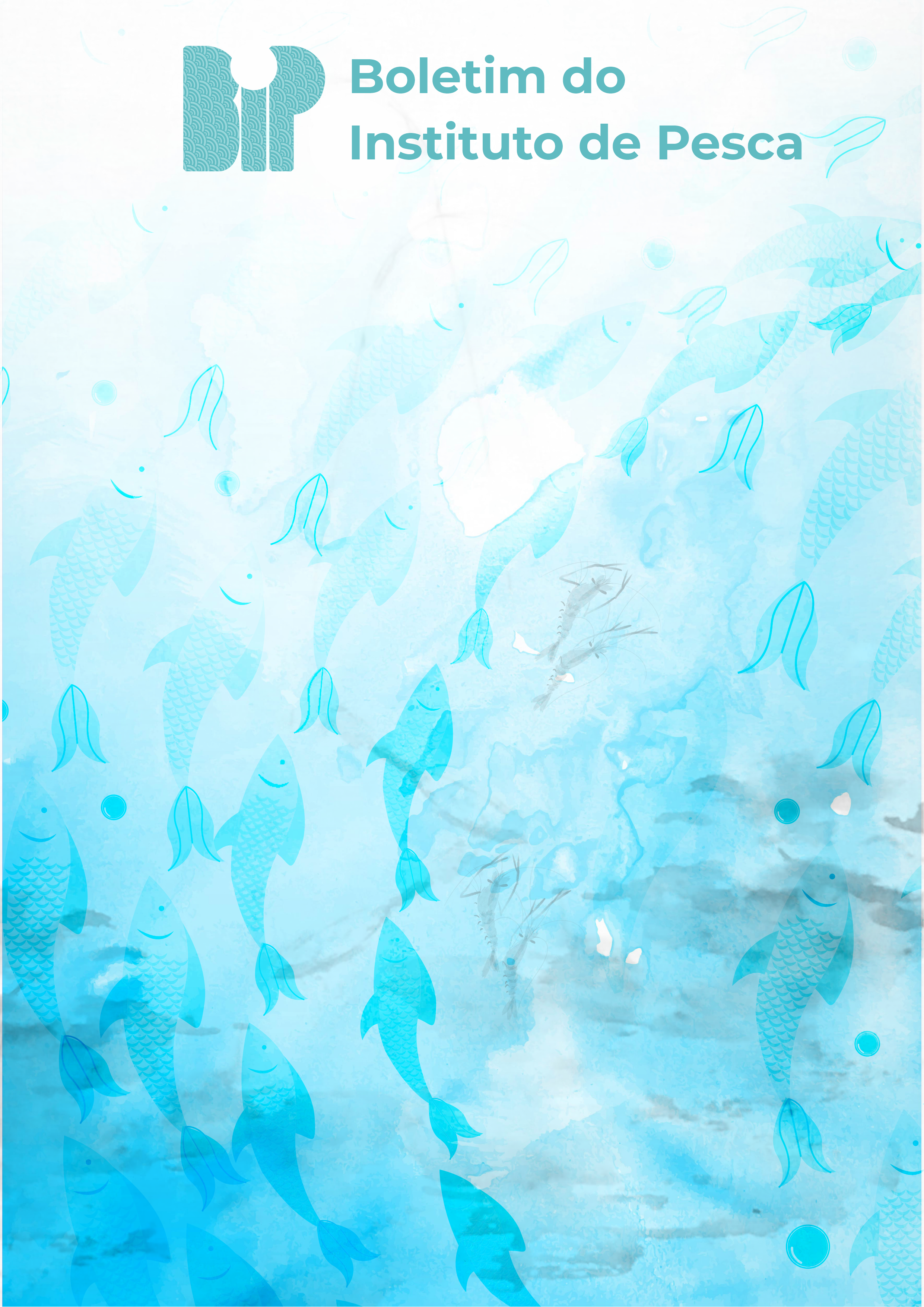Reconstruction of shrimp catches in Brazil based on generalized linear models
DOI:
https://doi.org/10.20950/1678-2305/bip.2023.49.e747Keywords:
Shrimp statistics, Catch modeling, Rebuilding technicsAbstract
Catch data comprises important information for assessing the status of several fisheries. However, it is not always available. A modeling approach using generalized linear models was performed to rebuild catch data supported by environmental variables. Catch information was provided by fisheries’ statistical bulletins about pink (Farfantepenaeus subtilis, F. brasiliensis, and F. paulensis), white (Litopenaeus schmitti), and seabob shrimp (Xiphopenaeus kroyeri). Sea surface temperature and rainfall information were collected from open-access databases by meteorological agencies. Due to low species discrimination over time, a general shrimp catch category was added to the models to help disaggregate quantities for each species. The general category was the most relevant variable, whereas temperature indices showed reduction patterns in catches over time, which may indicate the likely effects of temperature increase on shrimp fisheries. Beyond that, extreme peaks and falls testedthrough residual analysis indicate low reliability mainly in the 1970s and ’80s reports. Information gain varied according to the discrimination ability. States that took longer to discriminate the species presented predictions far from the reports, so the information gains were greater than 100%. Accordingly, reconstructions can be an alternative to restore outdated or missing information and help judge the reliability of official data.
Downloads
Published
Issue
Section
License
Copyright (c) 2023 Matheus Lourenço Soares Silva, Humber Agrelli Andrade

This work is licensed under a Creative Commons Attribution 4.0 International License.










